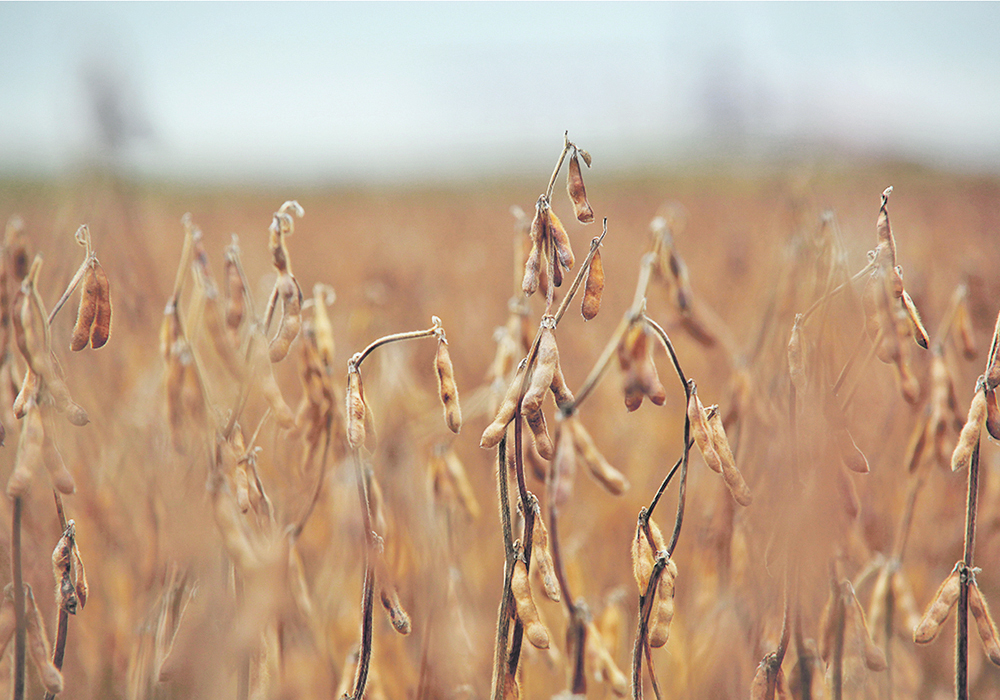Incomes are expected to fall by $41.7 billion from last year but continue to be much higher than the 2003-22 average
The U.S. Department of Agriculture is forecasting the sharpest decline in farm income in the history of that country.
U.S. net farm income is forecast at US$141.3 billion in 2023, a $41.7 billion drop from 2022 levels.
However, that will still be one of the best years on record and well above the 2003-22 average.
Related stories:
Farm income stats tell interesting stories
Roland Fumasi, North American regional head for RaboResearch Food & Agribusiness, summed it up this way during the recent Ag Outlook Forum hosted by the Agricultural Business Council of Kansas City and Agri-Pulse: “Things aren’t as great as they were.”
There could be hardship at the individual farm level because of high input costs and rising interest rates.
Net cash income for a representative farm in Illinois will dip into the negatives in 2023 and is expected to remain there until 2026, primarily due to compressed corn margins.
“But because we’ve had such tremendous years and those balance sheets are so strong, we’re going to be OK,” he said.
Cash flow will be challenged, but overall liquidity will remain intact because of the savings amassed over three years of sky-high grain prices and margins.
The slowdown in the farm economy is corresponding with a slumping overall U.S. economy.
Rabobank is forecasting a recession starting in the fourth quarter of 2023 and continuing into the first quarter of 2024 before the economy rebounds.
But it will be a “super soft, super light” recession, it says. Gross domestic product will shrink by only 0.4 to 0.5 percent during those two down quarters.
That compares to a more than seven percent quarterly contraction in the 2008 recession and 30 percent during the COVID lockdown.
The recession will help tame inflation, but it will not have much of an impact on short-term interest rates, which are expected to remain elevated through 2024, said Fumasi.
Krista Swanson, lead economist with the National Corn Growers Association, said the good news for U.S. farmers is that input costs are falling.
Cost of production in 2024 is expected to drop 3.6 percent for corn, 1.4 percent for soybeans and 2.3 percent for wheat.
“Unfortunately for the farmer, the decline in (crop) prices has been at a faster pace than that softening in the cost of production,” she told delegates attending the Ag Outlook Forum.
Margins for all the major crops grown in the United States are expected to be pushed to break-even levels or lower in 2024, said Swanson.
Arlan Suderman, chief commodities economist for StoneX, had more bad news for U.S. growers.
There is trouble in one of the country’s main export markets.
China’s total exports fell 8.8 percent year-on-year in August, 14.5 percent in July and 12.4 percent in June as the U.S. and the European Union decouple from the country because of mounting political tensions.
The country is also experiencing some hardship as it attempts to transition from an export-oriented economy to a consumer-based economy like the U.S.
China’s population is in decline and is aging, which is contributing to reduced pork consumption.
The Chinese government has also established a target to reduce soybean meal inclusion rates in hog rations to 12.5 percent by 2025, down from 17 percent in 2019.
“Unless China finds a new use for soybean meal, we have basically seen peak soybean meal use in China,” said Suderman.
The U.S. is also losing huge Chinese corn and soybean market share to Brazil.
“U.S. agriculture shouldn’t count on Chinese demand as it did in the past,” he said.
Suderman said the soybean industry instead needs to focus on other markets, in particular the growing domestic demand for soybeans used in renewable diesel and sustainable aviation fuel (SAF).
There is also a push to have corn ethanol recognized as an eligible feedstock for the SAF industry.
Read Also

Canada-U.S. trade relationship called complex
Trade issues existed long before U.S. president Donald Trump and his on-again, off-again tariffs came along, said panelists at a policy summit last month.
















